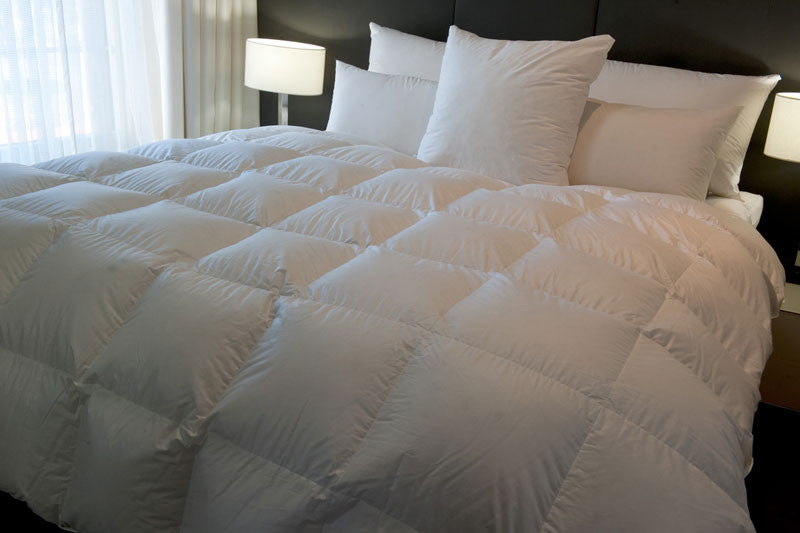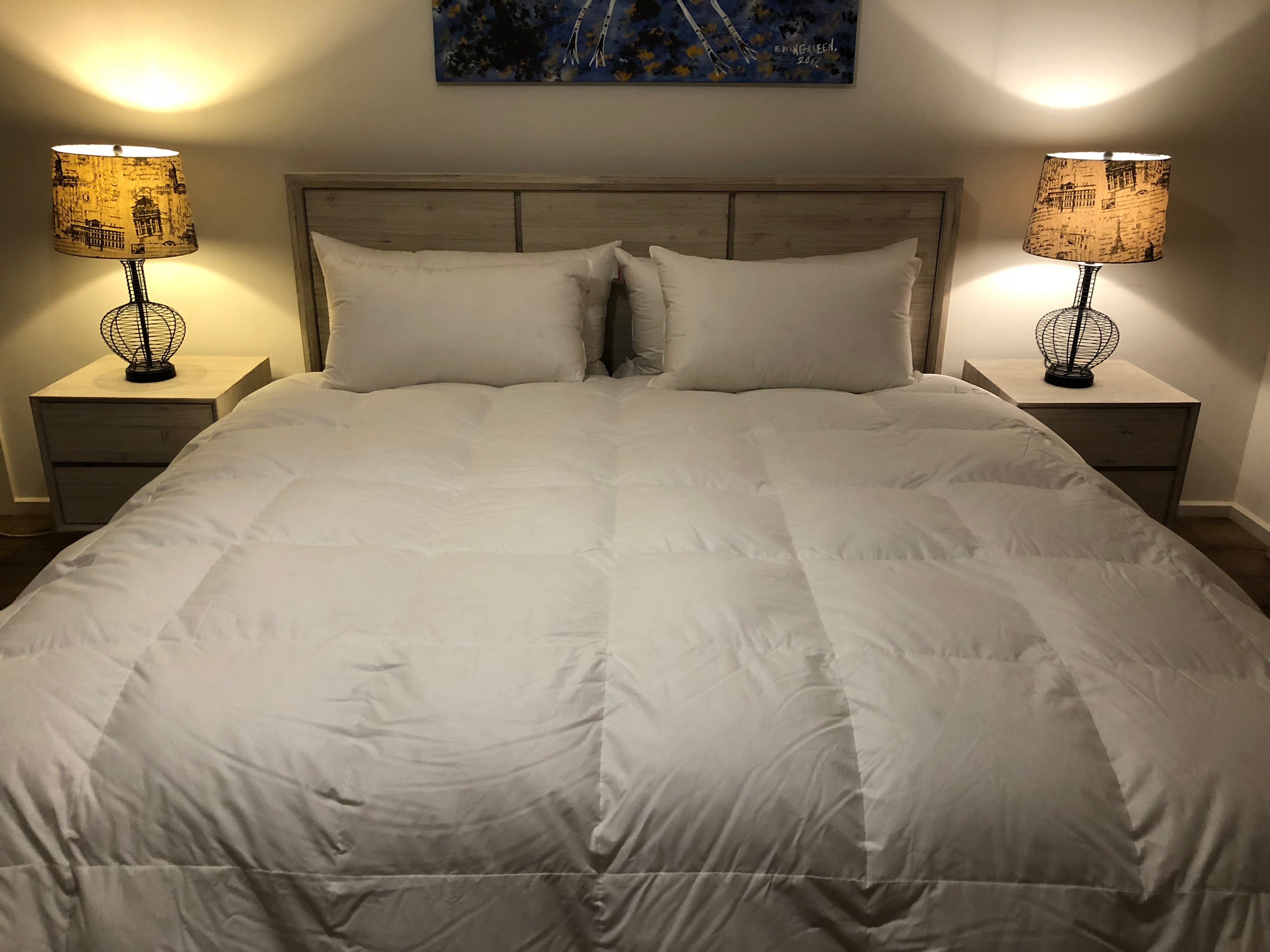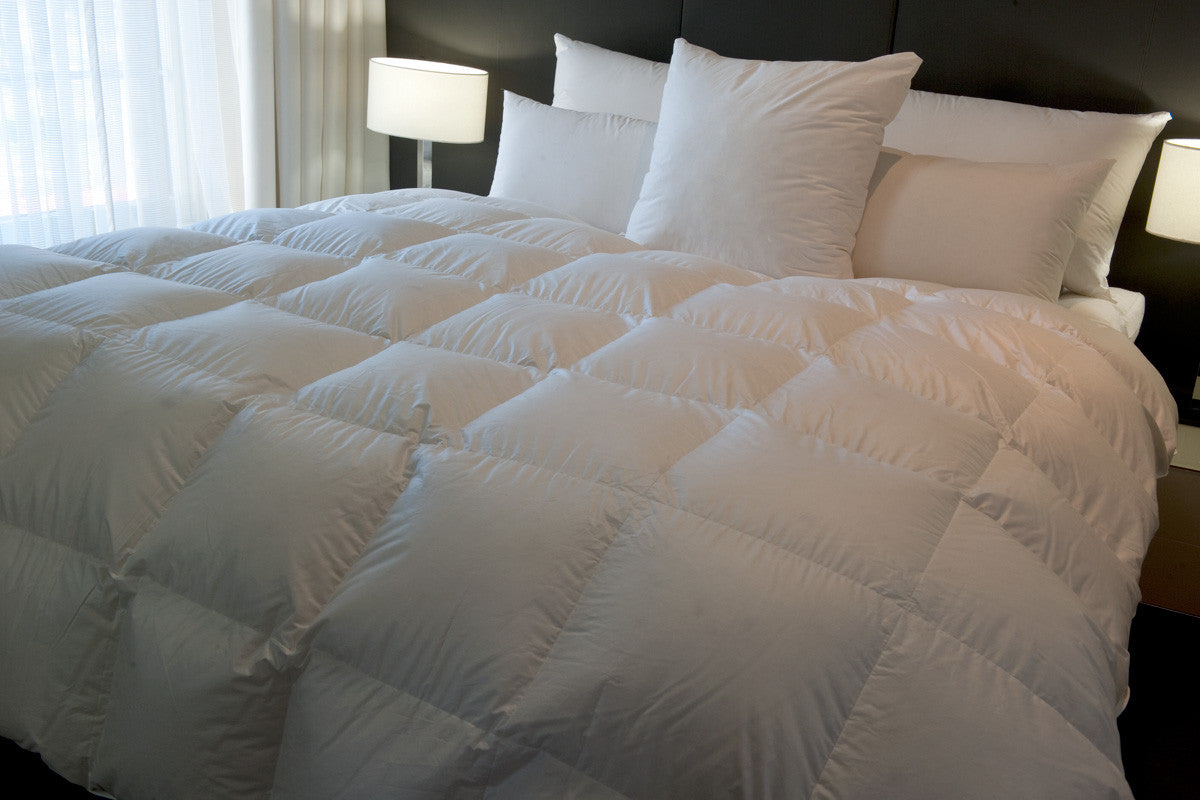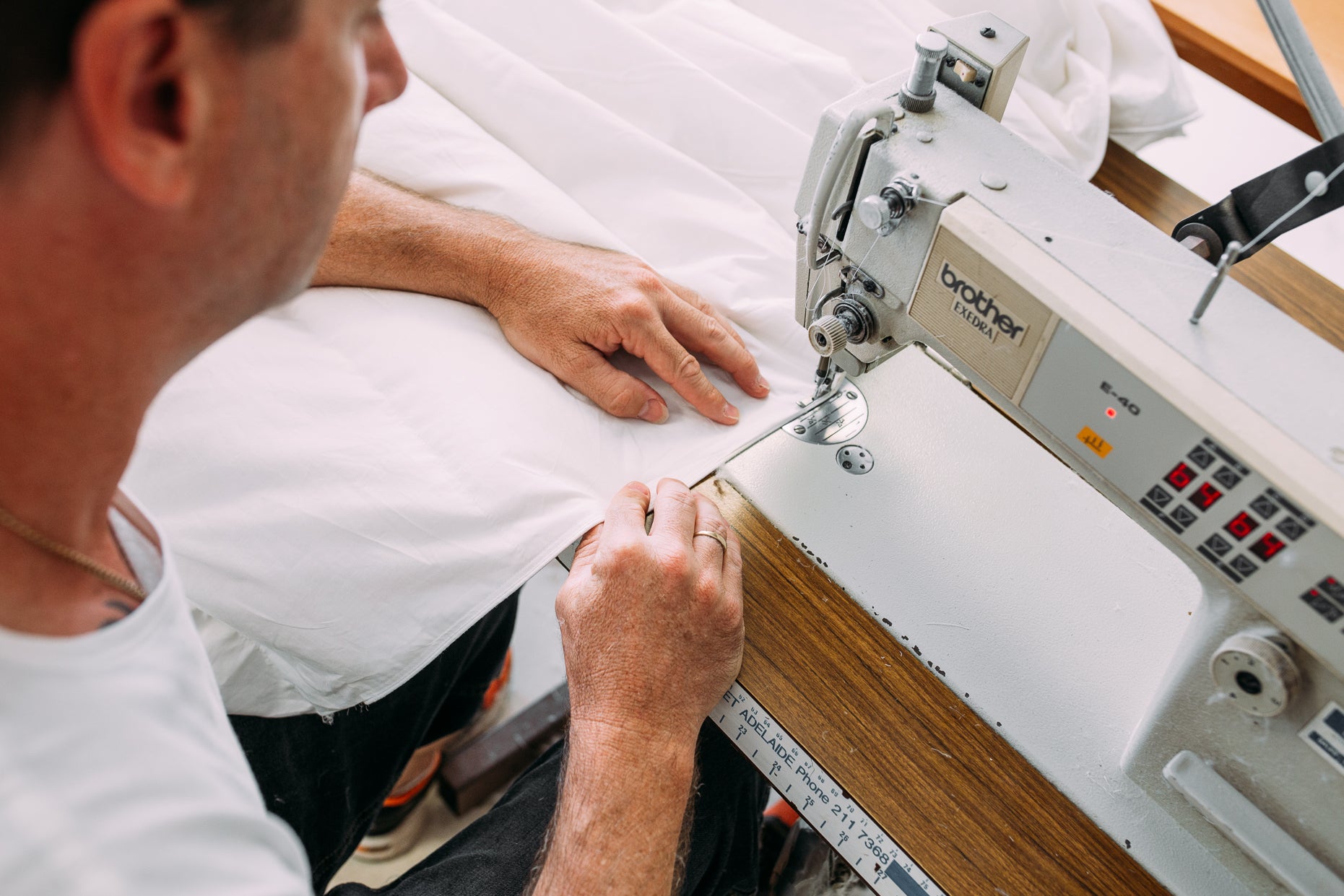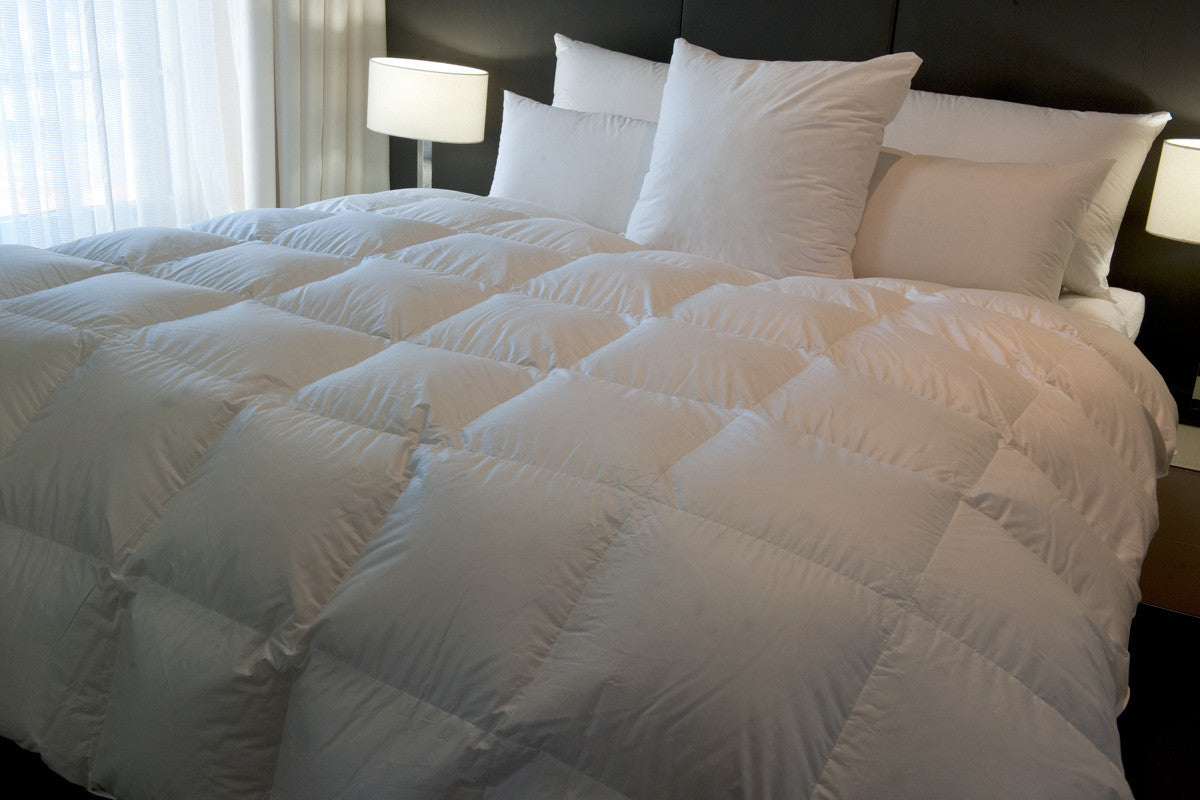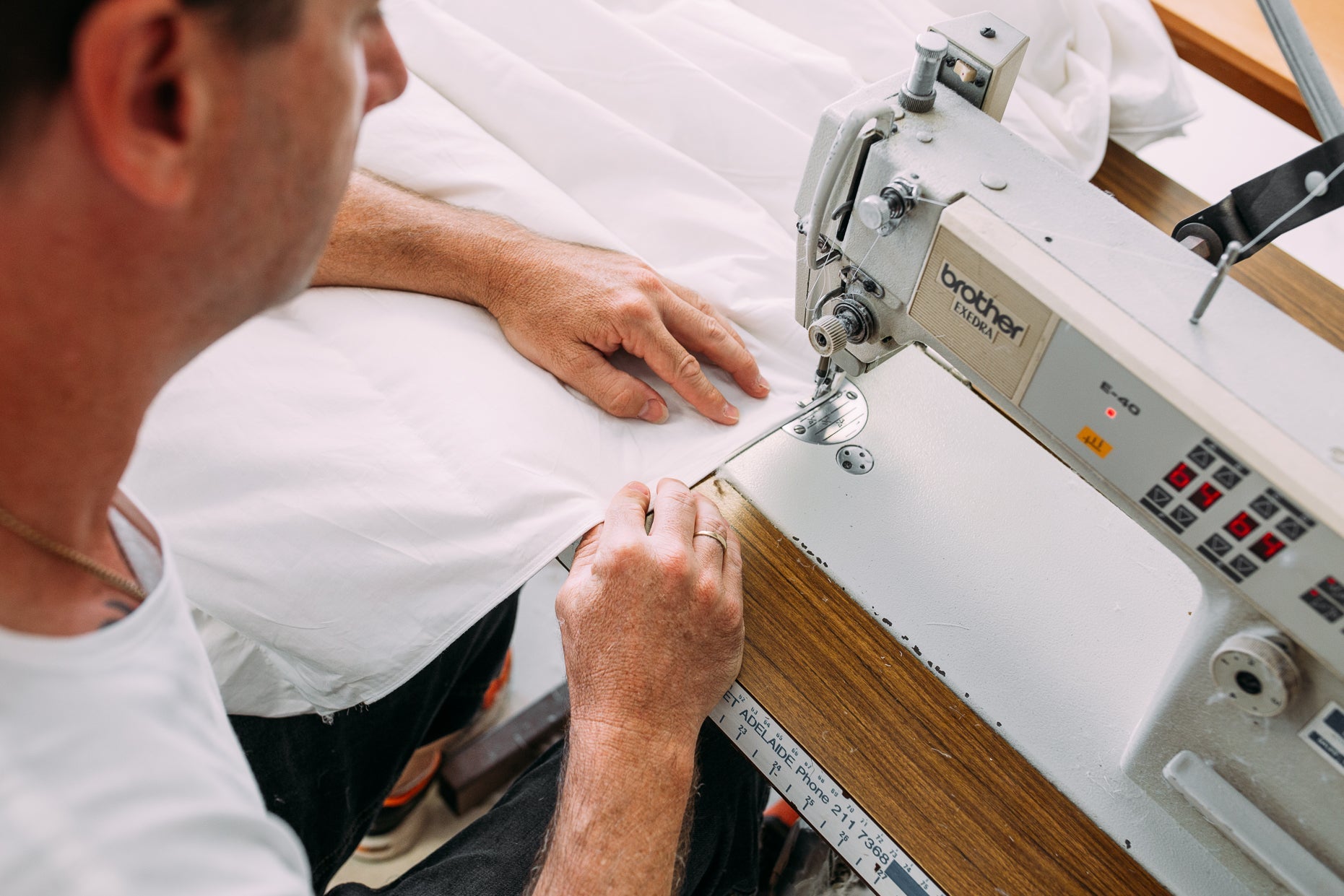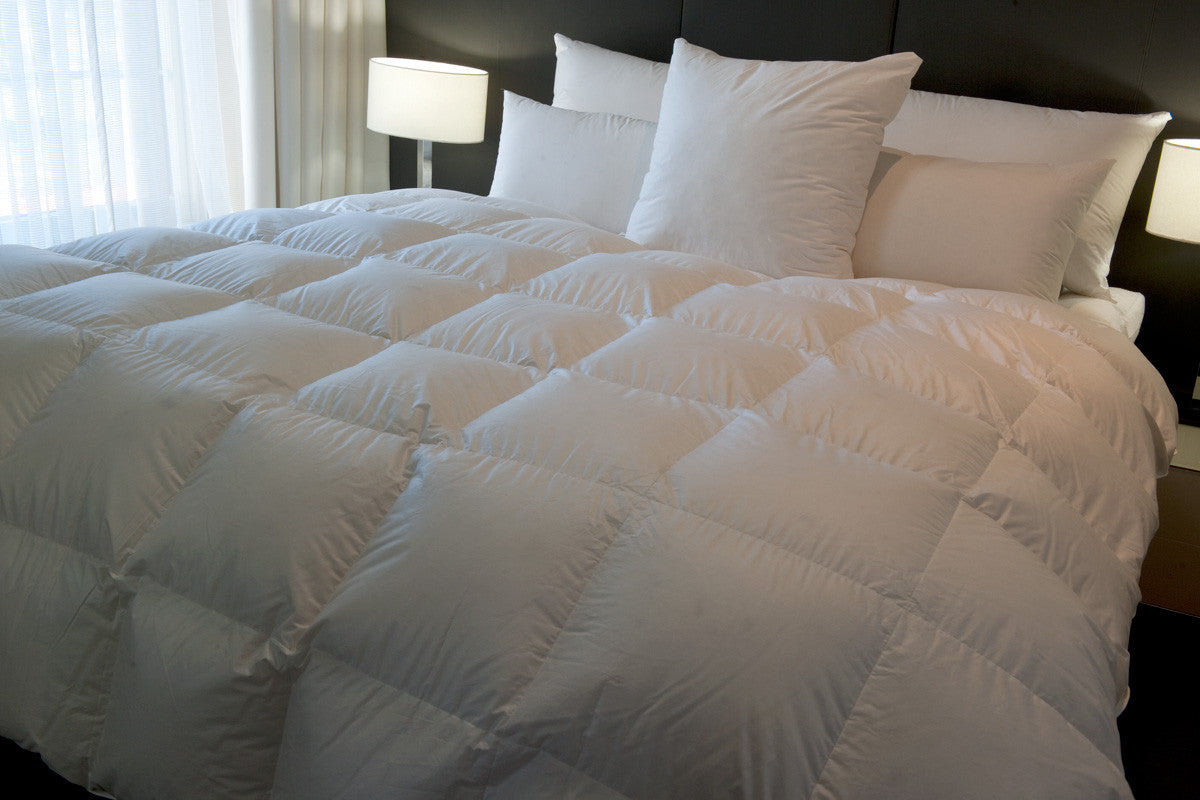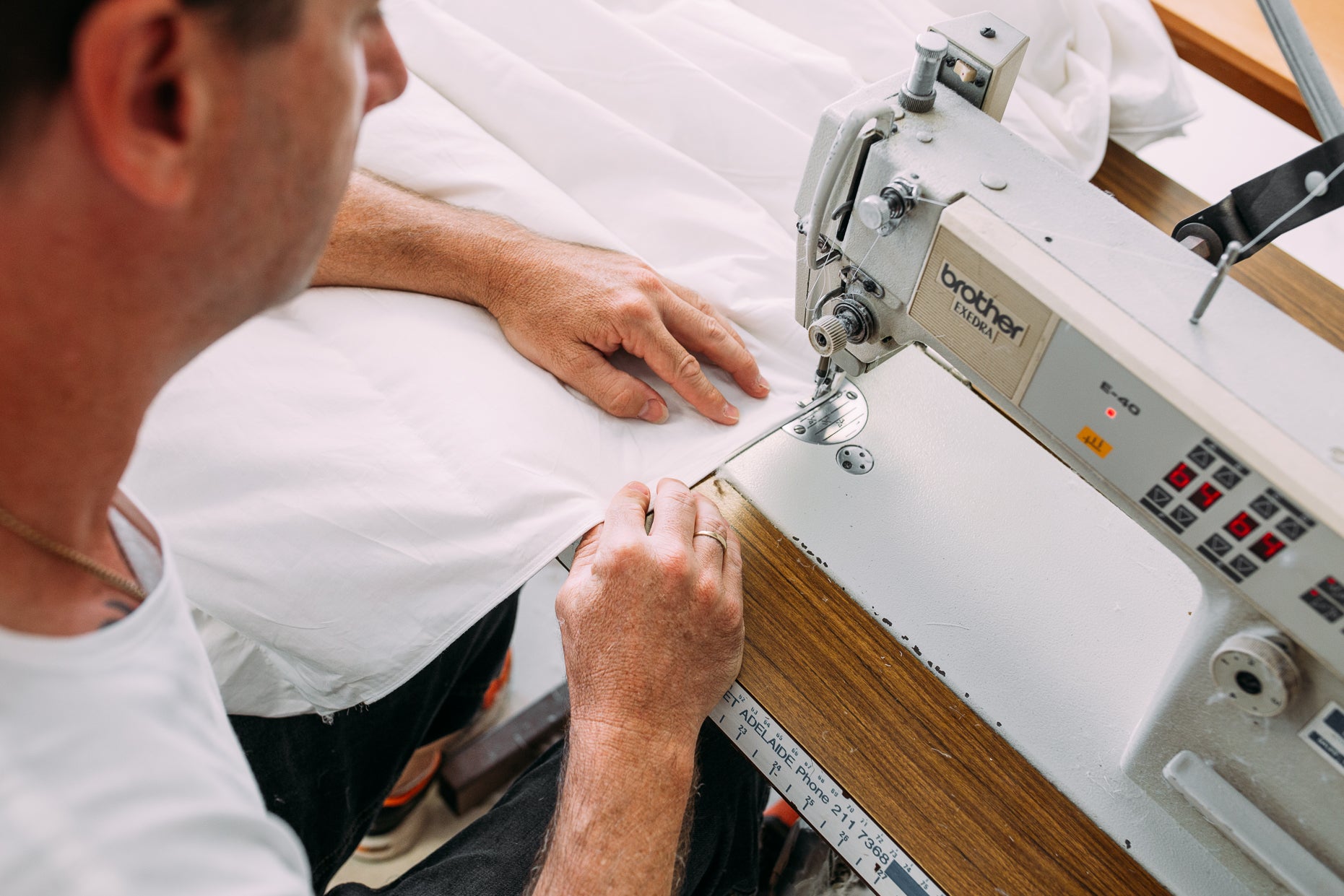
Best Duck Down Pillows for Side Sleepers
Choosing the right duck down pillow as a side sleeper can transform your sleep quality by providing the perfect balance of softness and support. Side sleepers need pillows with adequate loft to fill the space between their head and shoulder, preventing neck strain and ensuring proper spinal alignment throughout the night. Duck down pillows, when designed with the right features, offer exceptional comfort while maintaining the structural support side sleepers require for restorative sleep.
Frequently Asked Questions
What makes duck down pillows suitable for side sleepers?
Duck down pillows work well for side sleepers when they feature gusseted construction and a blend of down and feathers. The feathers provide structural support while the down offers plushness, creating the ideal combination of comfort and loft needed to keep your neck aligned with your spine.
How often should I replace my duck down pillow?
Quality duck down pillows typically last between five to ten years with proper care and maintenance. However, if your pillow loses its ability to re-fluff, develops lumps, or no longer provides adequate support, it's time for a replacement regardless of age.
Can duck down pillows cause allergies?
While some people are allergic to duck down, most allergic reactions are actually caused by dust mites that accumulate in any pillow over time. Choosing pillows with tightly woven, hypoallergenic covers and washing them regularly can significantly reduce allergy concerns.
What's the difference between duck down and goose down pillows?
Duck down clusters are generally smaller than goose down, making them slightly less fluffy but more affordable. For side sleepers, duck down blended with feathers often provides better support than pure goose down, which can be too soft.
How do I maintain the loft in my duck down pillow?
Daily fluffing helps redistribute the fill and maintain height, which is crucial for side sleepers. Additionally, ensure your pillow gets proper airflow by removing it from pillowcases periodically, and follow manufacturer washing instructions to restore loft over time.
Key Features to Consider
- Gusseted side panels that add height and prevent the pillow from flattening under the weight of your head throughout the night
- Fill power rating of 600 or higher combined with a strategic feather blend (typically 75/25 or 80/20 down-to-feather ratio) for optimal support
- Tightly woven cotton covers with a minimum 230 thread count to prevent feather quills from poking through while maintaining breathability
- Adjustable loft options or chambered designs that allow you to customise the pillow height based on your shoulder width and mattress firmness
- Machine washable construction that makes it easier to maintain hygiene without compromising the pillow's structural integrity
- Warranty coverage of at least two to five years, indicating the manufacturer's confidence in the pillow's durability and performance
Selecting the Right Duck Down Pillow for Side Sleep Comfort
Finding the perfect duck down pillow requires understanding how specific features work together to support side sleeping positions. Unlike back or stomach sleepers who need softer, flatter pillows, side sleepers require sufficient height and firmness to bridge the gap between their shoulder and head, maintaining neutral spine alignment that prevents morning stiffness and discomfort.
Loft & Firmness to Fill the "Comfort Gap"
The comfort gap refers to the space between your shoulder and ear when lying on your side, and filling this gap properly is essential for avoiding neck pain. Standard duck down pillows are often too soft and compress excessively under pressure, causing your head to sink too low. Supreme Quilts understands that side sleepers need pillows with enhanced structural integrity, which is why quality options incorporate higher feather content in their fill composition. Feathers act as a natural support framework within the pillow, preventing excessive compression while the down provides surface softness. Look for pillows labelled as "firm" or "extra firm" if you're a side sleeper, as these typically contain 20-30% feather content compared to softer pillows with higher down percentages. The ideal loft height varies based on your shoulder width and body frame, but most side sleepers require pillows between 12-15 centimetres thick when compressed under the weight of their head.
Chambered Construction & Fill Distribution for Stability
Advanced duck down pillows feature chambered or baffled construction where the interior is divided into separate compartments containing different fill ratios. This engineering prevents the down and feathers from shifting entirely to one side during sleep, which would create uneven support and force you to constantly readjust. Premium pillows often use a three-chamber design with firmer feather-rich fill in the outer chambers and softer down in the centre, creating a supportive perimeter that cradles your head while maintaining consistent height. This construction method is particularly beneficial for side sleepers who place concentrated pressure on specific areas of the pillow throughout the night. The chambers ensure that even after months of use, the pillow maintains its original shape and doesn't develop the dreaded flat spots that compromise spinal alignment. When shopping, feel the pillow carefully to detect any internal baffles or seams that indicate quality chambered construction rather than a simple shell stuffed with loose fill.
Breathability & Moisture Control
Side sleepers often experience increased heat retention because one side of their face remains pressed against the pillow surface for extended periods. Duck down naturally offers excellent breathability compared to synthetic fills, allowing air to circulate through the pillow and preventing heat buildup. However, the cover material plays an equally important role in temperature regulation. Supreme Quilts prioritises cotton sateen or percale covers with thread counts between 300-400, which provide the optimal balance of softness, breathability, and down-proof security. Covers with thread counts that are too high may feel silky but can trap heat, while counts below 230 allow feather quills to poke through. Cotton's natural moisture-wicking properties help draw perspiration away from your skin, keeping you comfortable throughout the night. Some premium duck down pillows incorporate additional cooling technologies such as bamboo-blend covers or moisture-wicking treatments, which can be worthwhile investments for warm sleepers or those living in humid climates like Queensland and northern New South Wales.
Durability & Fill Retention (Ability to Re-Fluff Over Time)
Quality duck down pillows should bounce back to their original loft after being compressed, a property known as fill power or resilience. This characteristic determines how well your pillow performs over years of use rather than just the first few weeks. Higher fill power ratings (600-700 for duck down) indicate larger, more resilient down clusters that compress and expand repeatedly without breaking down. The feather component also contributes to long-term durability by providing structural support that prevents permanent compression. To test a pillow's resilience, fold it in half and release it—a quality pillow should spring back quickly to its original shape. Daily fluffing becomes part of your pillow maintenance routine, redistributing the fill and introducing air back into the down clusters. Over time, even the best pillows gradually lose some loft, but quality duck down pillows can be professionally cleaned and re-fluffed to restore much of their original performance. If you're investing in a premium pillow, ensure it comes with care instructions for proper washing and drying, as improper cleaning can permanently damage the down clusters and reduce the pillow's supportive qualities.
Edge Support & Side Stability
Edge support refers to how well a pillow maintains its structure along the perimeter where your head actually rests during side sleeping. Pillows with poor edge support allow your head to roll off or create an unstable feeling that disrupts sleep quality. Gusseted pillows excel in this area because the vertical side panel creates a firm perimeter that extends the usable sleep surface across the entire pillow width. This design is particularly valuable for side sleepers who shift positions during the night or those who sleep near the edge of their bed. The gusset panel, typically 5-10 centimetres high, is often filled with a firmer blend than the pillow's main chamber, creating a supportive wall that holds its shape. Without this feature, traditional knife-edge pillows tend to flatten at the edges, forcing you to sleep on the higher central portion and constantly readjust your position. When evaluating edge support, place the pillow on a flat surface and press firmly on various areas including the corners—quality construction should resist compression relatively evenly across the entire surface.
Allergy / Cleanability & Hygiene Features
Maintaining pillow hygiene is crucial for long-term health and comfort, especially for side sleepers whose faces remain in direct contact with the pillow for extended periods. Modern duck down pillows undergo sterilisation processes during manufacturing to remove dust, oils, and potential allergens from the raw materials. Look for pillows labelled as "hypoallergenic" or "allergy-friendly," which indicates additional processing steps beyond standard cleaning. The cover fabric should feature a tight weave that prevents dust mites from penetrating into the fill while still allowing breathability. Many quality pillows now offer machine-washable construction, though duck down requires careful washing with gentle detergent and thorough drying to prevent clumping. Adding a separate pillow protector beneath your pillowcase creates an extra barrier against dust mites, skin oils, and allergens while extending your pillow's lifespan. For those with severe allergies, some manufacturers offer duck down that has been treated with anti-microbial or dust mite-resistant finishes, though these treatments may need reapplication after washing. Regular maintenance including weekly pillowcase changes, monthly protector washing, and annual pillow cleaning helps maintain a healthy sleep environment. If you're unsure about the best care approach for your specific pillow, contact us for expert guidance on maintaining your investment and ensuring it continues to provide optimal support for years to come.

